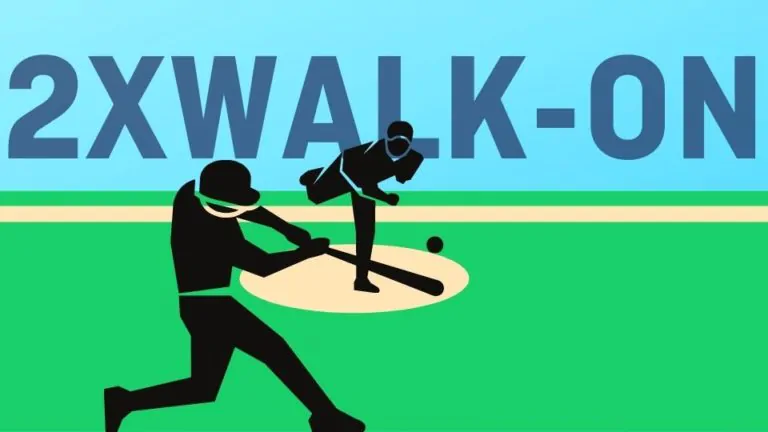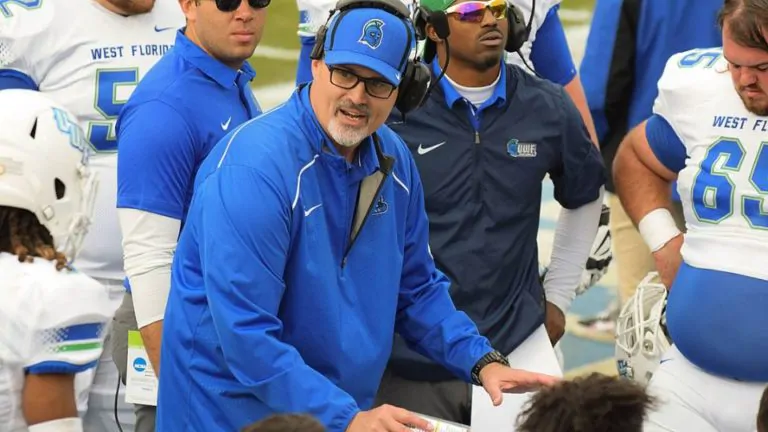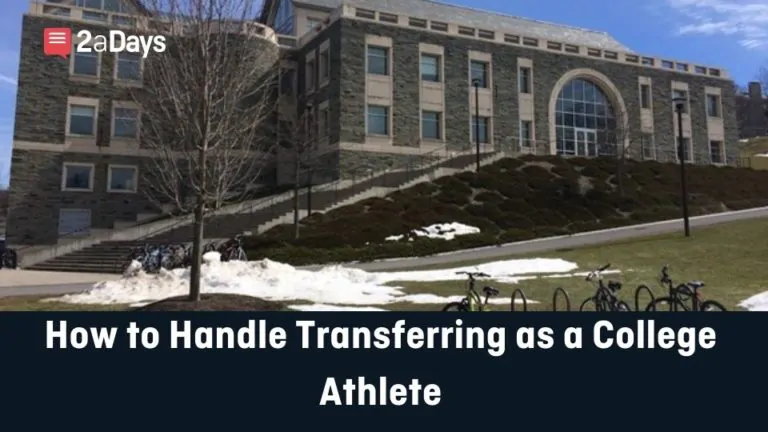It's disheartening to finish up your senior year of high school without any offers to play your sport at the next level. Perhaps you've received a few offers, or had a few coaches show interest, but you still have no set track towards a school. You're stuck in limbo.
But, your athletic career does not have to stop there. Walking-on at a college can be a good route for you to take.
Related: College Sports and Being Walk-On Ready
Athletes have a variety of reasons for walking on:
- They played at a small school and lacked exposure
- They developed late physically
- They have a few offers from other schools but just don't have that one offer from the school they really want to attend
Whatever the reason, you should be fully aware of the nature of being a walk-on before you do it. Lucky for you, this article will tell you what it means to be a walk-on, and list a few pros and cons of life as a walk-on.
What is walk-on athlete?
A walk-on athlete is someone who participates on a college team without holding a scholarship. Essentially, it's somebody who “tries out.”
Fun fact: Divisions like DIII and the Ivy-league technically do not offer athletic scholarships, but they offer/guarantee roster spots, nonetheless. Walk-ons are those not offered spots on the college team coming out of high school, regardless of division.
There are collegiate rules in place that limit the number of scholarships a team can provide at one time. In some sports, like soccer, teams can split up scholarship allotments so they can have more players on the team who are on partial scholarships. That said, regardless of the type of scholarship allotment your team can offer, if you're not on one of those scholarships, you're a walk-on.
Related: What's the Difference: Headcount and Equivalency Scholarships
In some sports, like football, there is something called a “Preferred walk-on” (PWO). Being a PWO grants a higher recruiting status for a player. But all in all, you still have to try out for the team. This means you are in open waters and have free reign to walk-on wherever you want. This is a luxury not afforded to players being recruited, yet it's still more of a “take what you can get” approach.
Coaches usually love walk-ons because the drive to show up and work just as hard as everyone else, even if you're the only one not getting paid, shows your commitment to the sport. Ben Barton, a coach at University of San Diego said in an interview:
“As a coach, you love them, because all the guys around them are scholarshipped, but you're asking that walk-on kid to give the same effort and the same day to day schedule, but they're not getting anything.”
Pros
– If you can find success as a walk-on, every bit of it is pro. Coming in without an offer, just making the team and being able to participate is a success within itself.
– Joining the team as a walk-on demonstrates great strengths character: perseverance, drive, and willingness to take risks. All of these are great assets for a coach to have on their team.
– There are many coaches who will keep walk-ons as practice players if they show enough of their competitive nature. These players are essential to a team because they'll come to every practice with a chip on their shoulder and give great competition, which makes the team better as a whole.
– Walk-ons who work day-in and day-out like this will no doubt improve their playing ability and should eventually see real playing time. Hopefully, if they can find enough success along this journey, they can become one of our favorite stories: the walk-on player who earns a full scholarship.
Related: Walk-On Warrior: Drive, Discipline, and the Will to Win
Cons
– Being a walk-on is fighting an uphill battle. When you enter a program, your competition for a roster spot are the -people that your coaches already chose over you. Coaches would like to think that they make the right evaluations, so expect them to be averse to giving you credit over those who were given a scholarship. When you're competing, you need to be next-to perfect in order to work your way up the ranks.
– Exploring the idea of scholarships further, if you make the team and find success, it still might be a few years until you get put on scholarship, if ever. This means that while your teammates enjoy a stipend and don't have to worry as much about money, you might have to pick up a job on the side to make ends meet. Working on top of classes and athletics might seem like a tough thing to do, but it's possible. Things like a work study or part-time job can work within your schedule if you maintain focus, and if there's one thing a walk-on has, it's drive.
* Originally published on November 17, 2021, by Isaac Haney







